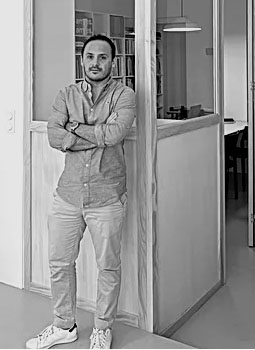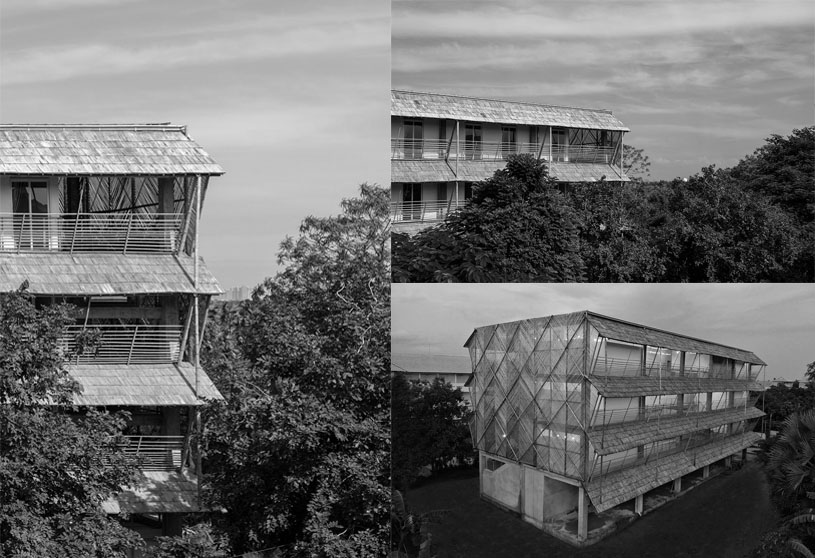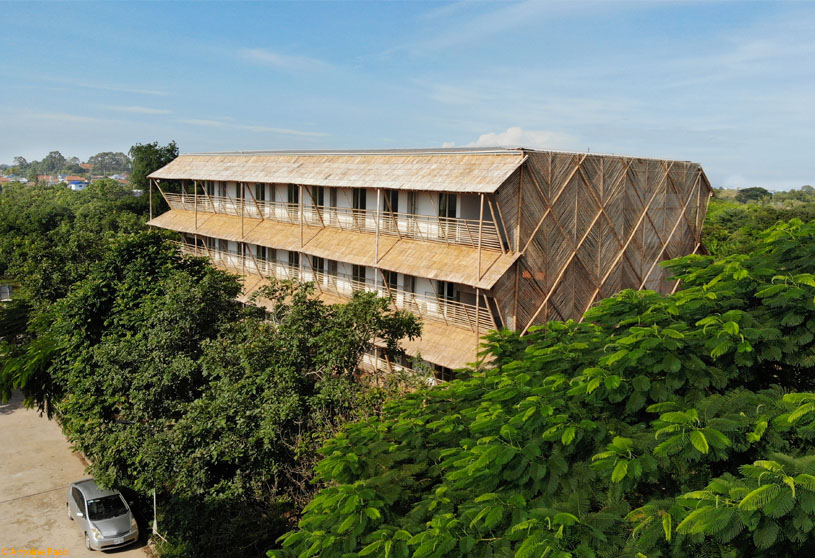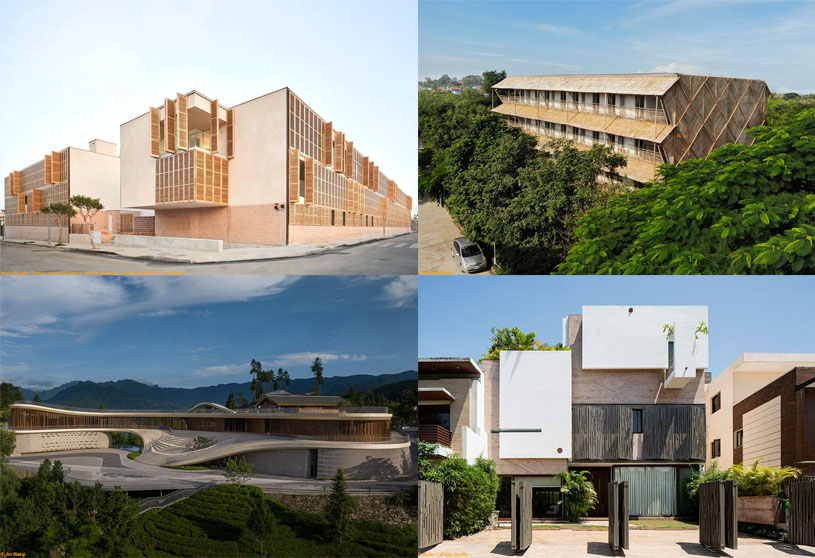(“Text as taken from the website”)
 Antoine Meinnel
Antoine Meinnel
Graduating from ENSA Versailles in 2011, Antoine Meinnel (b. 1987) went on to work for his role models, Michel Desvignes in Paris, OMA in Rotterdam, and Herzog & de Meuron in Basel.
On the occasion of a personal project, the renovation of a Chinese compartment in Kampot (Cambodia), he began to develop a professional posture, highlighting the importance of architects in developing countries.
By founding Bloom in 2015 in Phnom Penh, Antoine Meinnel provided himself with a structure to install architecture at the centre of the construction process and at the centre of contemporary debates.
Celebrating travel and exchange, Bloom embraces the concept of “métissage” (from the encounter of otherness are born new situations). The office reaffirms the importance of rethinking cities and the necessity of positively influencing the debate around social and environmental issues today.
 Antoine Contour
Antoine Contour
The opening of a branch in Paris in 2023, headed by Antoine Contour, a long-term collaborator, increases the opportunities for bridges between Europe and Southeast Asia.
Antoine Contour (France, b. 1993) is a graduate of the Ecole Nationale Supérieure d’Architecture de Paris-Belleville. During his studies, he worked at Graal Architecture on various public facilities in the Paris region and at Lacaton & Vassal, where he participated in the studies for a mixed-use tower in Geneva and the competition for the London Museum.
Freshly graduated, he flew to Cambodia, driven by a desire to discover tropical modernism. He then worked for 6 years at Bloom Architecture and afterwards obtained his HMONP (Habilitation for Project Management), during which time he worked at UNIC Architecture in Marseille.
Practice Ideology
Founded in 2015 by Antoine Meinnel, Bloom Architecture is based in Paris and Phnom Penh. It is composed of six directors and more than 30 collaborators. Born from the encounter of European and Asian cultures, the agency conceives architectural creation and the making of the city as the result of a dialogue with society.
Like a traveller who returns home with a renewed state of consciousness, Bloom approaches the project through otherness. Norms and habits are questioned in order to establish a sensitive reflection about a context. This is how constraints become opportunities. This is how unsuspected potential is revealed.
Visible in a corpus of 25 architectural realisations, where the agency tirelessly accompanies the transformation of the built environment with an optimistic posture. The word bloom, an invocation of the floral image, refers to soft, organic, but also poetic interventions.
Architecture is a means of expression, a way to assert its time. As a reflection of ongoing social mutations, each intervention must reveal the concerns of its time and contribute to the improvement of its environment. At a time of inevitable intellectual renewal, Bloom’s humble ambition is to leave the world in a better state for future generations.


